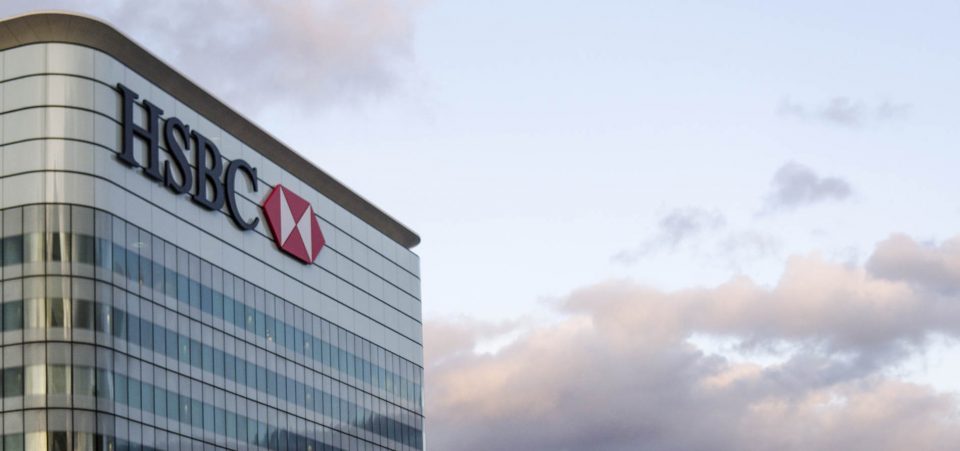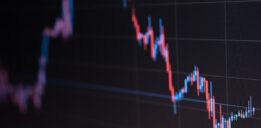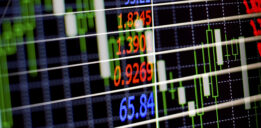Are the U.S. Markets on the Verge of Collapse?
Technical analysts at HSBC have recently issued a warning based on indicators, which are converging in a manner not unlike what happened on October 19, 1987—aka “Black Monday.” Many will remember that this was the day when the stock market suffered its biggest ever single-day crash. (Source: “Recession imminent: HSBC on ‘red alert’ as catastrophic market crash looms,” Daily Star, October 14, 2016.)
Meanwhile, Donald Trump has been gaining in the polls for the U.S. presidential election. This makes HSBC’s predictions even more ominous. Trump’s anti-free trade policies would hurt imports. Therefore, rather than boost the country’s GDP, Trump might cause it to collapse. (Source: “Opinion: The stock market could crash if Donald Trump is elected president,” MarketWatch, November 1, 2016.)
On Black Monday, the Dow Jones Industrial Average (DJIA), which includes 30 major U.S.-listed companies on the stock market, lost 22.6% of its value. Murray Gunn, HSBC’s head of technical analysis, wrote a note on October 12 where he confided that he is worried about an imminent “sell-off” on the light stock markets, given the price changes in recent weeks. Gunn said he was on “red alert”. (Source: “RED ALERT — Get ready for a ‘severe fall’ in the stock market, HSBC says,” Business Insider, October 12, 2016.)
HSBC sees the recent declining trend—especially a ‘mini’ crash on October 11, 2016—as a reason to sound the alarm. The probability that the markets are experiencing a severe drop is now very high, warns Gunn. What makes the warning so scary is that HSBC is not the only major international financial institution to worry about a crash.
Citigroup Inc (NYSE:C) bases its dire sentiment more on the electoral outcome than technical analysis. The Wall Street giant told its clients that investors are not adequately covered against the U.S. electoral risk. Still, like HSBC’s Gunn, Citigroup CEO Thomas Fitzpatrick stressed the similarities between the current market and the 1987 market just days before the crash. (Source: “The market looks eerily similar to the days right before the 1987 crash,” Business Insider, October 10, 2016.)
The pessimistic bankers see volatility as having increased since the end of the summer. They also note that the sell-off has not affected a single sector—like the tech crash of 1999. All sectors, in one way or another, are showing the signs of low confidence in the markets.
HSBC says that if the Dow Jones Index falls below 17,992 points while the S&P 500 falls below 2,116 points, it’s a bear market. As it happens, according to Citi’s boss, we are already in a bear market. On Wednesday, the DJIA was at 17,959 points and the S&P 500 was at 2,097 points. The Hillary Clinton campaign’s increasing difficulties in coping with the Wikileaks revelations don’t bode well either.






